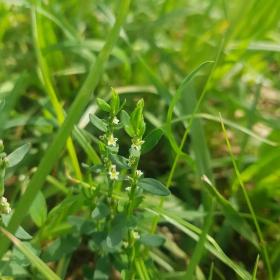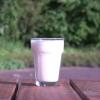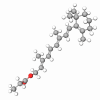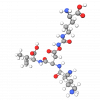For years, aging induced by sun exposure was called photoaging, attributed only to the UV spectrum of light. However, infrared rays and their heating bring a loss of elasticity and firmness, leading to the appearance of premature wrinkles. So, the photoaging is a sum of UV-induced, infrared-induced, and thermal aging.
UV light and infrared rays penetrate different depths of the skin, both of which are responsible for the degradation of dermal fibers. The concept that describes aging caused by infrared rays is called “Infrared aging” or “thermal aging.”
Captesin G is an enzyme highly present in photoaging. Its synthesis increases the production of metalloproteinases (MMP), which are responsible for the degradation of the dermis. Polygonum Aviculare Extract, a botanical extract derived from Common Knotgrass rich in flavonoids, inhibits Captesin G, providing total protection of the dermis against sun damage caused by InfraRed Rays.
Clinical tests with 20 women between 35 and 65 years of age under regular sun exposure showed that the application twice a day of a cream containing 2% Polygonum Aviculare Extract for 28 days without using sunscreen increases the firmness of the skin and reduces wrinkles even around the eye contour. It effectively diminishes the effects of photoaging.Polygonum Aviculare Extract is used in decorative cosmetics (with sun protection), sunscreens, after-sun, and daily care products. It is also helpful in specialized applications like eye contour emulsions and preventive anti-wrinkle products.



